Mkagadigadi and Nxai Pan are the two parks that we skipped on our first trip to Botswana. They are not considered the first league parks, like Moremi or Chobe, so they are usually not visited by the typical one-time-safari-goers in Botswana. But they were both on our bucket list among Botswana parks and this short visit to the country was ideal for crossing them on our way from the Central Kalahari and Kasane.
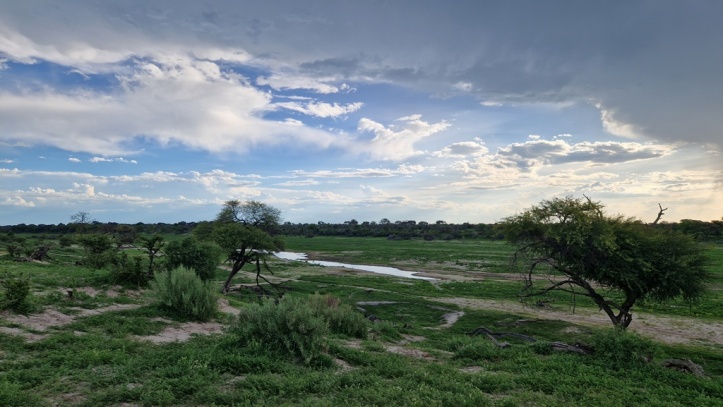
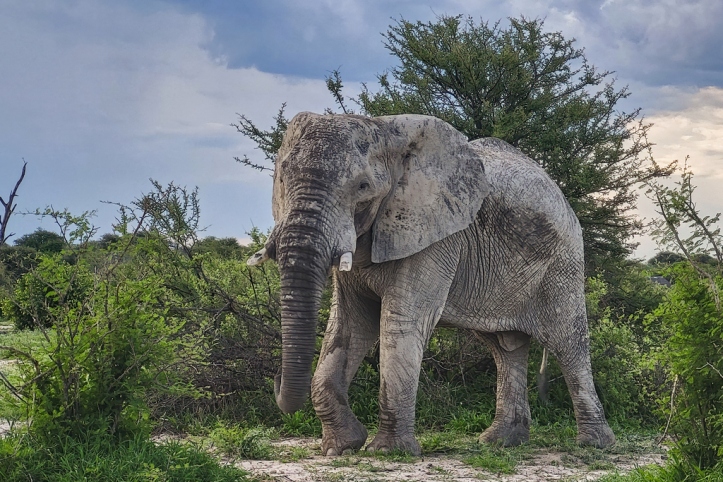
Makgadigadi National Park lies in the part of the dried bed of an ancient mega lake. Formed a couple of million years ago, it eventually dried 10,000 years ago, leaving the enormous salt pans behind. Those paleolithic processes were so turbulent, that it is believed that the the dying of this enormous lake is also responsible for the formation of such nowadays nature wonders as the Okavango Delta and Victoria Falls.
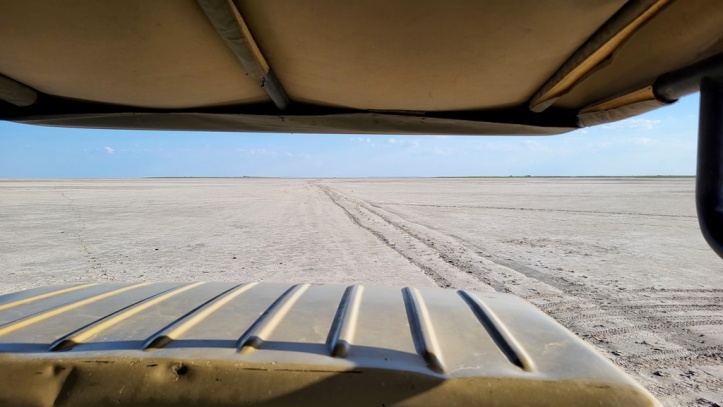
The park is famous for its annual zebra migration between the Boteti River and the Makgadigadi salt pans, which usually takes the stage between December and March. For the rest of the year, the large herds of zebras stay along the Boteti River. We didn’t have luck with our timing, as zebras had already moved to the east to the salt pans, and we couldn’t get space at two campsites there. So, the only zebra that we saw at the Boteti River was a carcass, gnawed by the vultures.
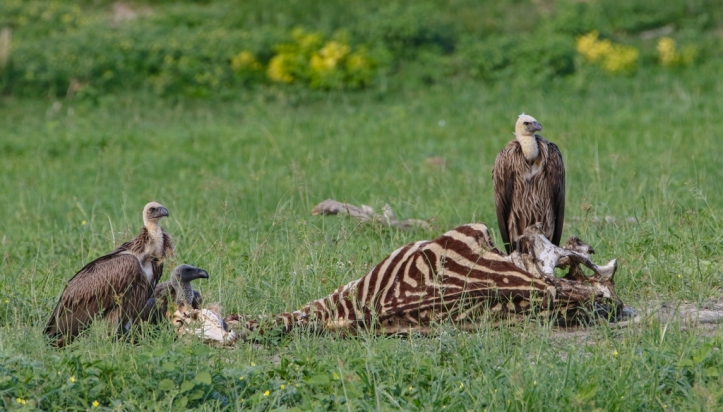
When we got out of the Central Kalahri, we first replenished some of our stock in Rakops and topped our rather dry petrol tank. We also refilled our water tank at the petrol station, but the water there had such a strong sulphuric smell that we later replaced it with much less smelly water at Khumaga campsite. From Rakops, we had an hour-long drive on the very good road to the village of Khumaga, where the headquarters of the park is located.
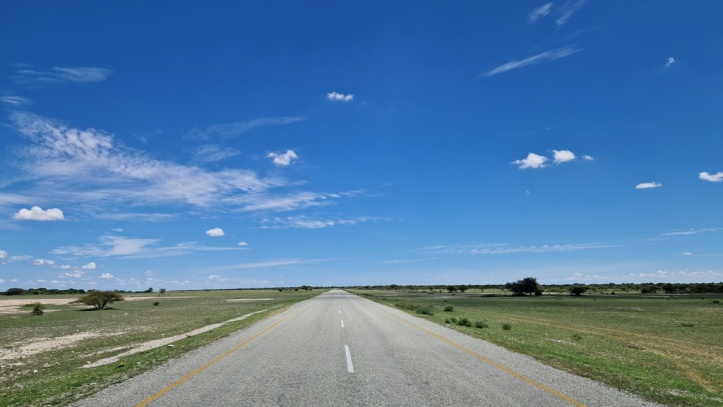
We didn’t have any reservations for either of the two parks. We have assumed it would be no problem paying for the entrance fees and getting a space at any of the campsites in Makgadigadi and Nxai Pan. But at the Khumaga gate, it turned out this could be quite a problem. Although the campsite is only a few hundred meters from the gate, the reservations had to be coordinated with the Botswana Department of Wildlife and National Parks (DWNP) in Gaborone. That day being a New Year’s Eve didn’t make things easier either. Two very nice ladies at the park reception did their best to get us into the park, but it still took them about an hour to get all the approval and confirmations. Moreover, we couldn’t get space in any of the two campsites in the eastern part of Makgadigadi NP, so we had to settle for two nights at the Khumaga campsite, on the bank of practically dry Boteti River. As it later turned out, the Khumaga campsite was practically empty, and also both Njuca Hills and Tree Island campsites in the eastern part of the park were not fully occupied. But that simply is the problem with DWNP’s inefficient booking system.
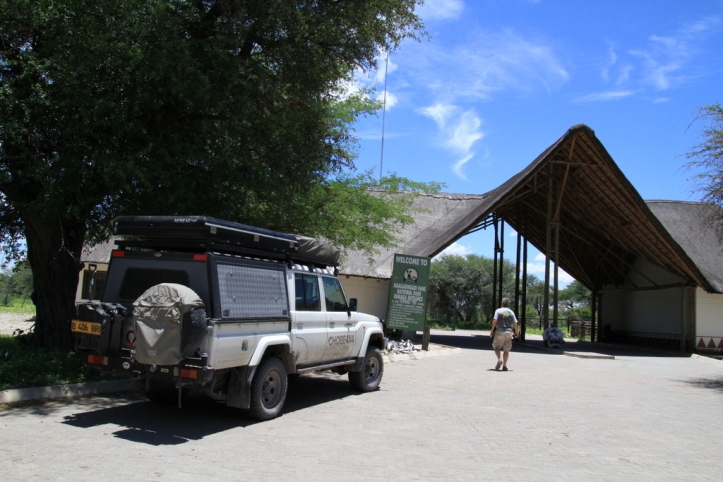
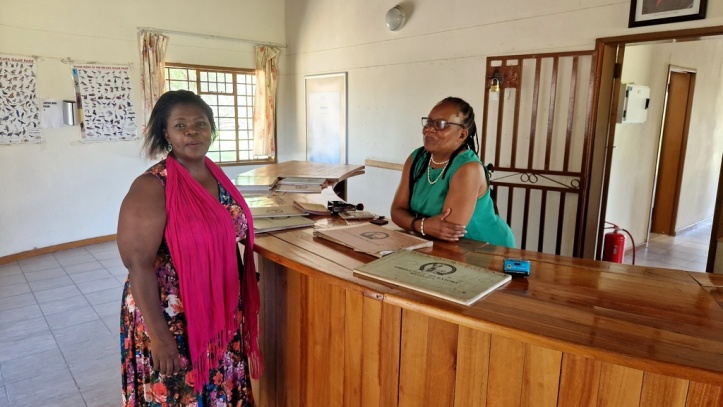
Khumaga campsite was very nice. Clean ablutions, tap water at each camping spot, and nice shade offered us the best comfort one can wish for in wild Africa for the following two days.
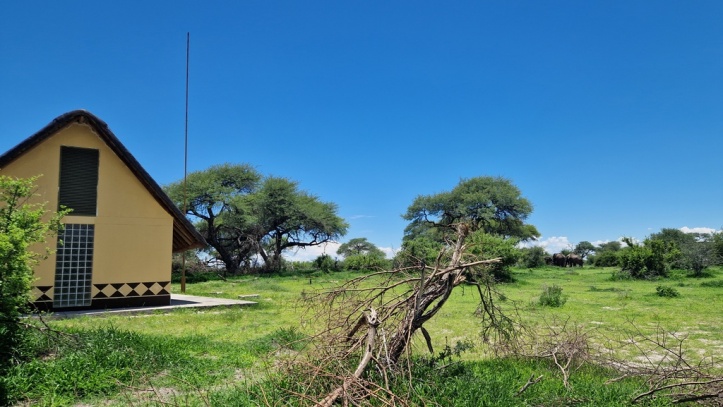
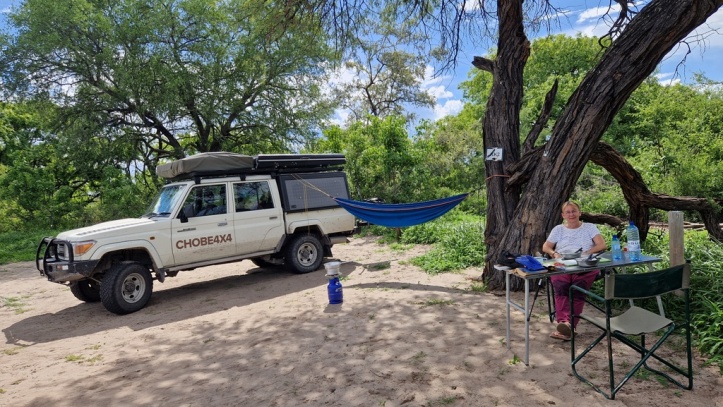
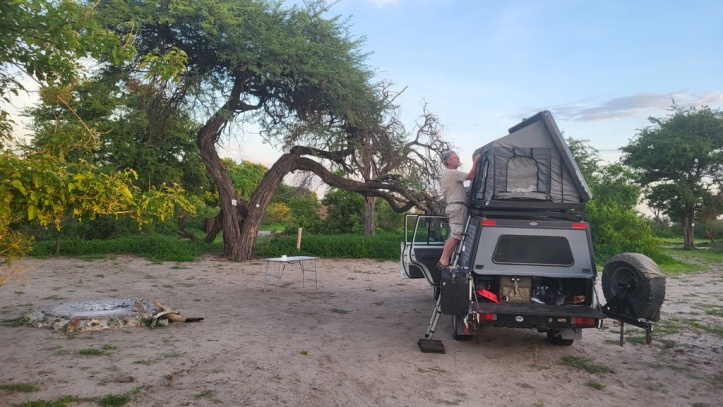
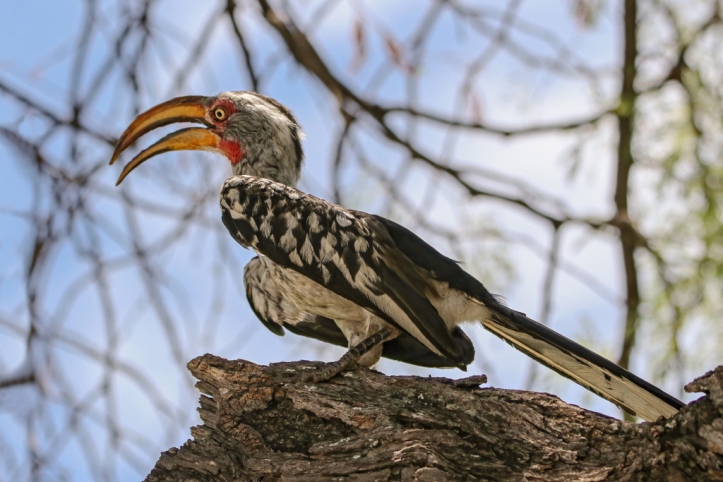
Orientation in the Boteti River area in Mkgadigadi Park is very easy. All game tracks follow the Boteti riverbed, which at the time of our visit was practically dry. There is a ferry across the river to enter the park at Khumaga village when the river is flowing, but at this time the riverbed was completely dry, so we simply drove across it with our car. The tracks along the river are mostly sandy, but as the sand was rather compacted by the previous rains, the driving was easy and didn’t require engaging low-range transmissions at any time.
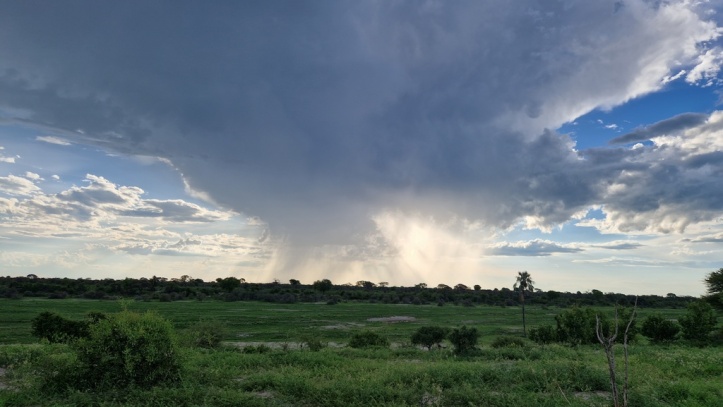
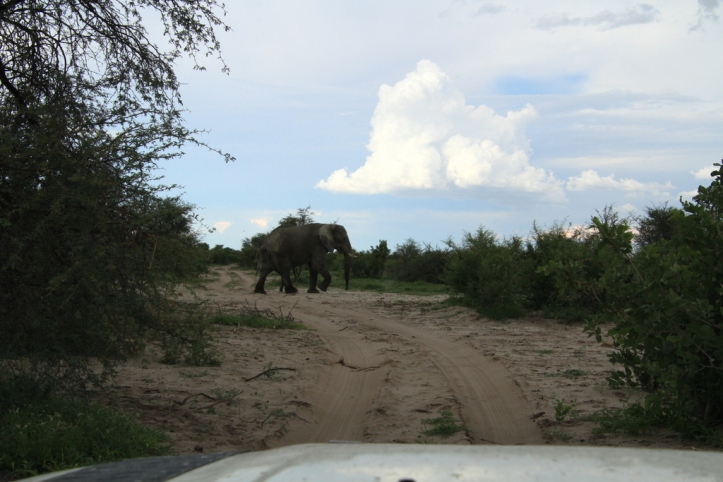
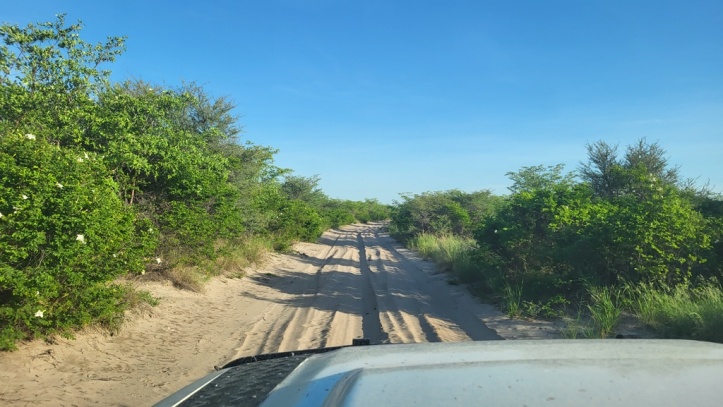
At the time of our visit, instead of zebras, the main stage was taken by the elephants. They were present in large numbers, and they were all very relaxed and good-tempered. With their white sand casts they looked very dignified, though.
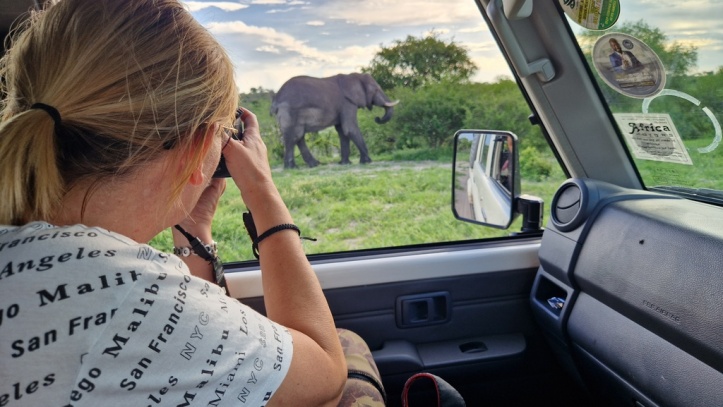
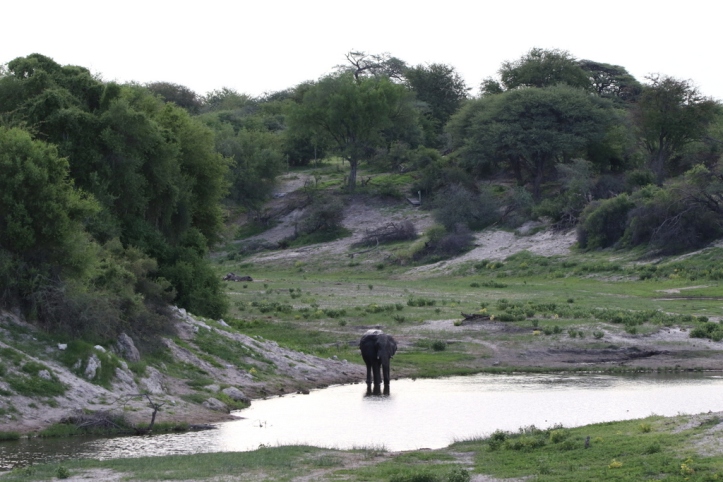
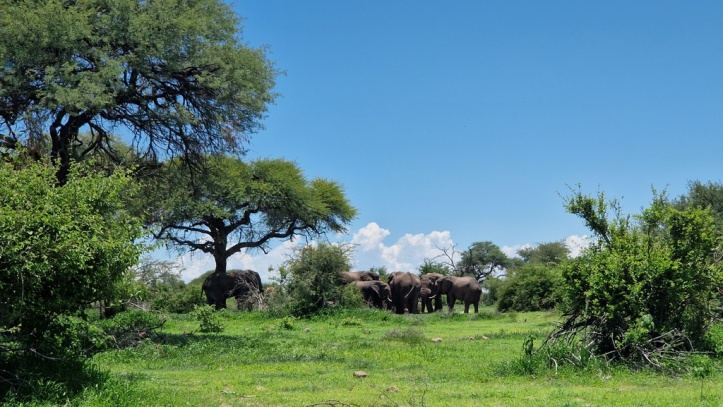
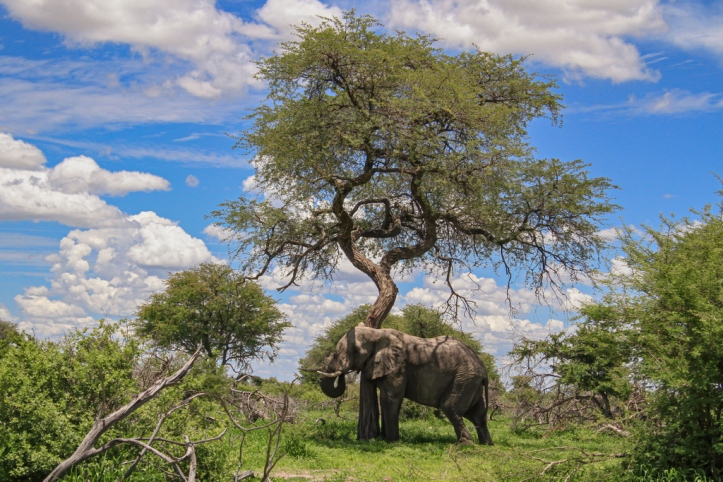
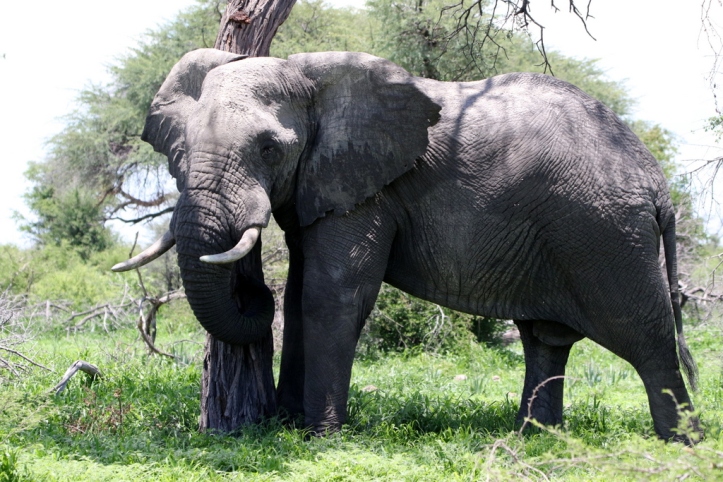
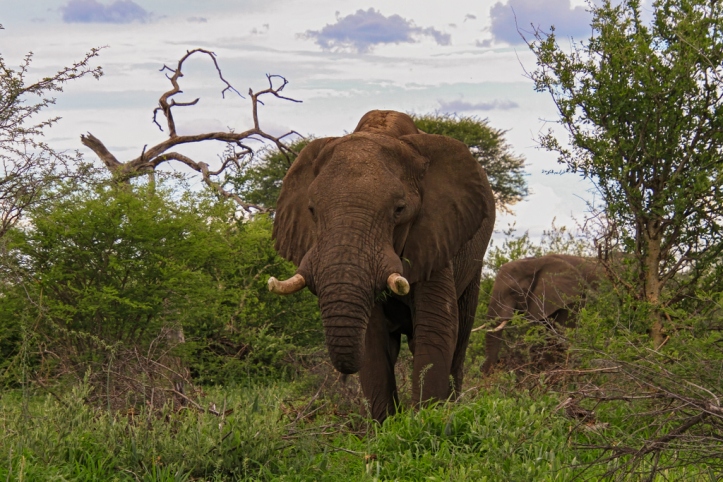
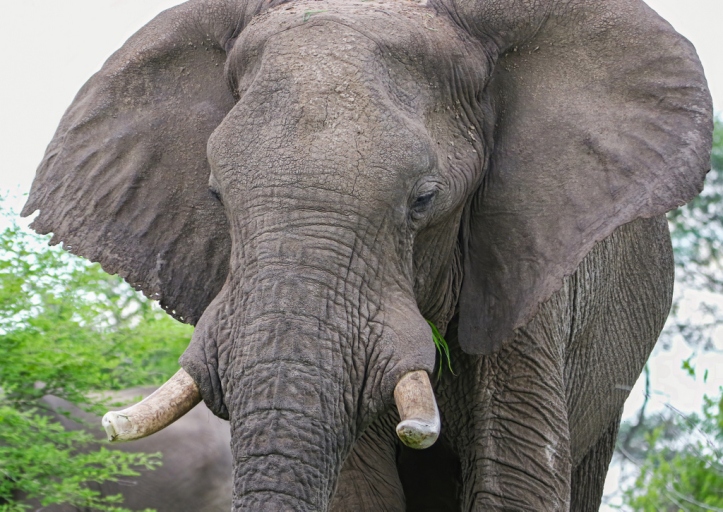
We enjoyed our two-day visit to this park very much. We could easily spend two days more. The next time, we would certainly like to visit the eastern part of the park, around Njuca Hills and Tree Island. The park has very relaxed vibes, the driving is relatively easy, and it is never overcrowded by visitors.
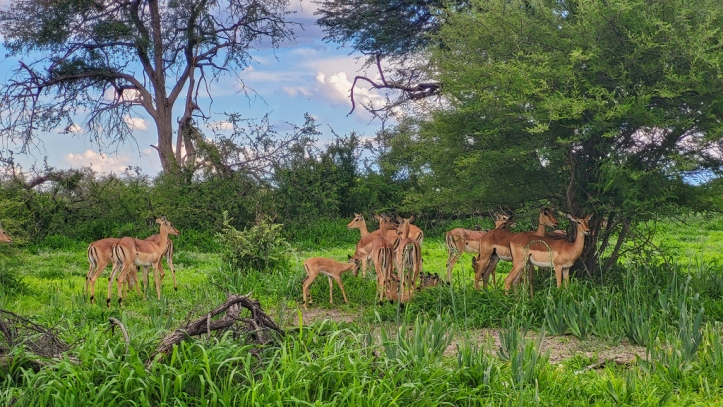
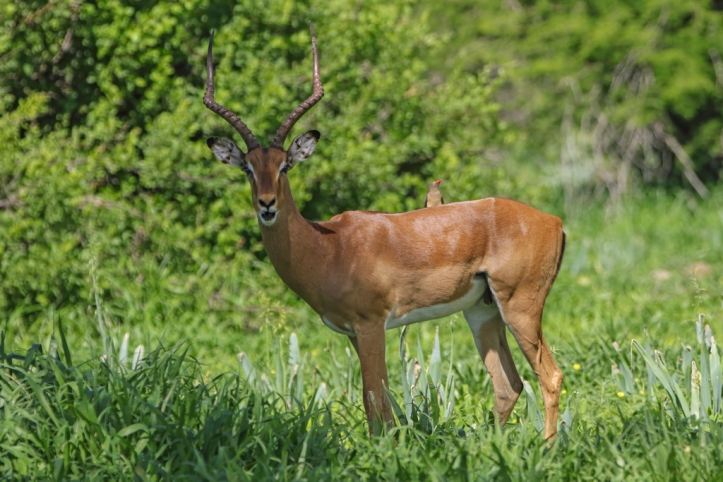
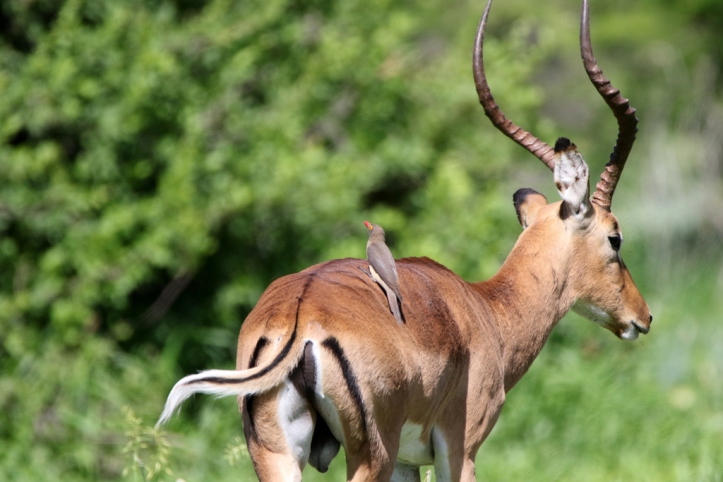
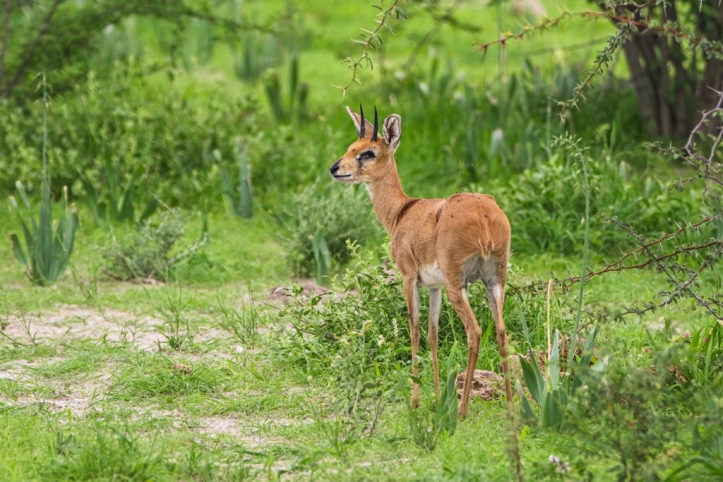
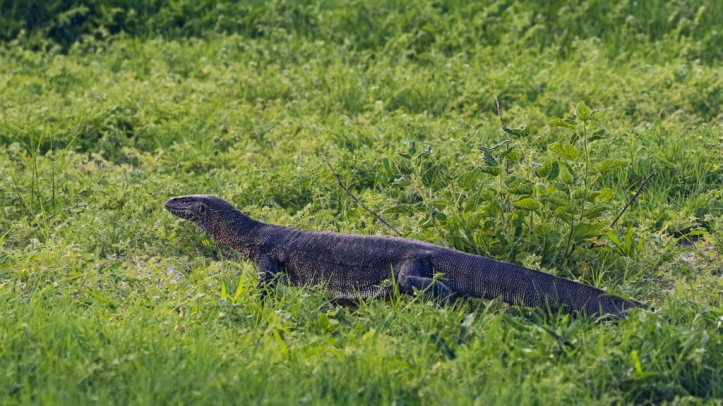
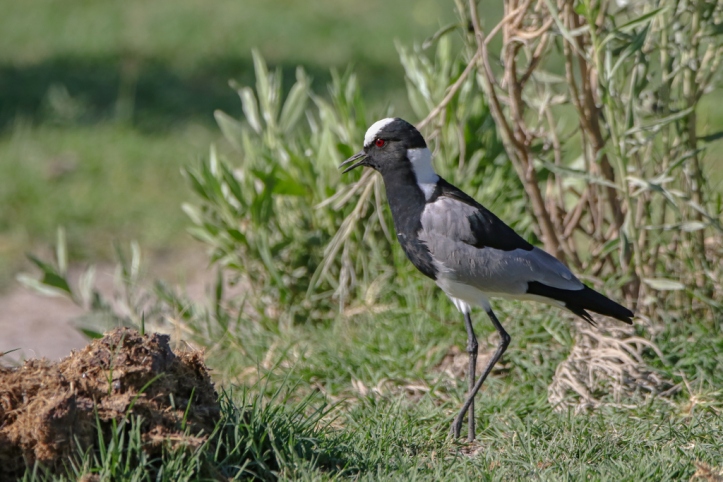
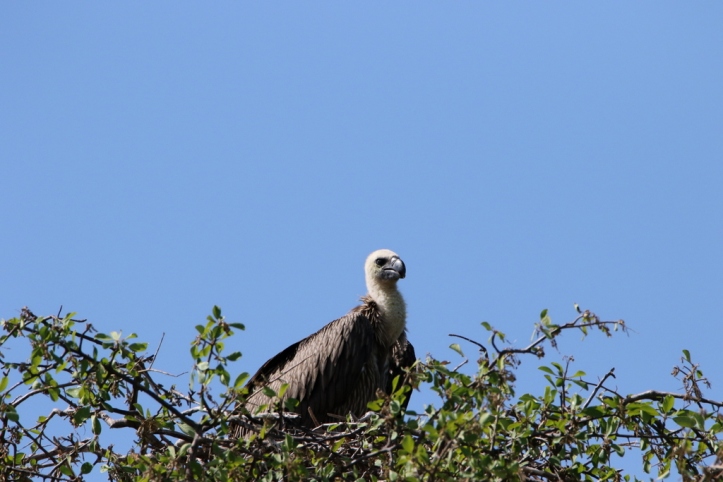
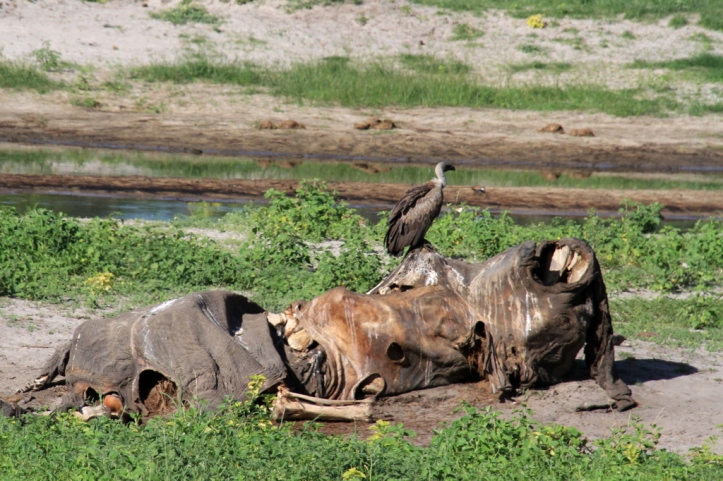
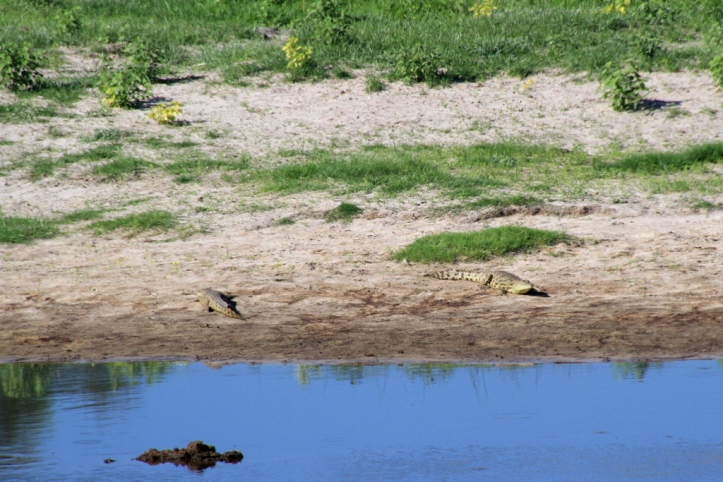
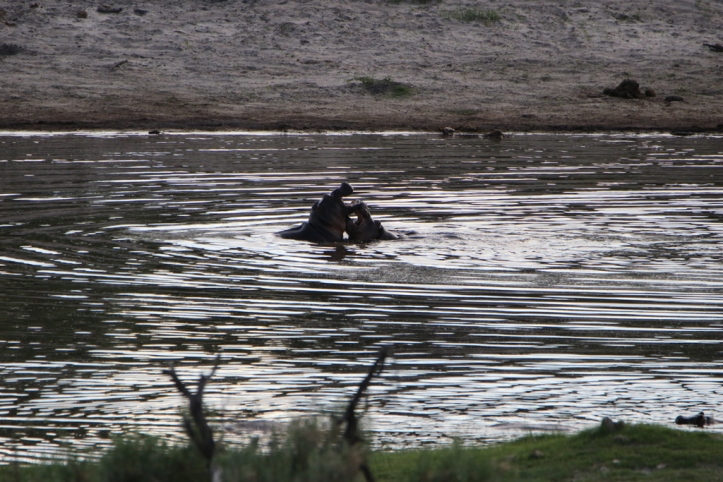
On our last day, we exited the park through the northern Phuduhudu Gate. The track there was extremely deep sand, the most sandy track on our whole trip. Yet, our powerful LandCruiser did manage that with ease.

It looks so very different from our visit in September. Happy Ellis in all that green. You probably noticed in my report that we saw thousands of zebra there in the dry river.
Your drive to Phuduhudu Gate looks like a piece of cake compared to the rocking and bumpy ride we had. Funny how your next installment will be Nxai pan and mine on safaritalk will be Nxai Pan as well. Hope you were luckier than us…
LikeLike
Incredible difference with our cycle in September, it looks like 2 different worlds, so green!
LikeLike